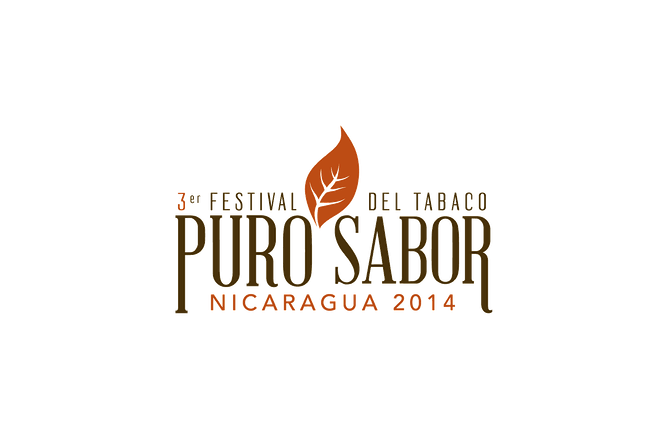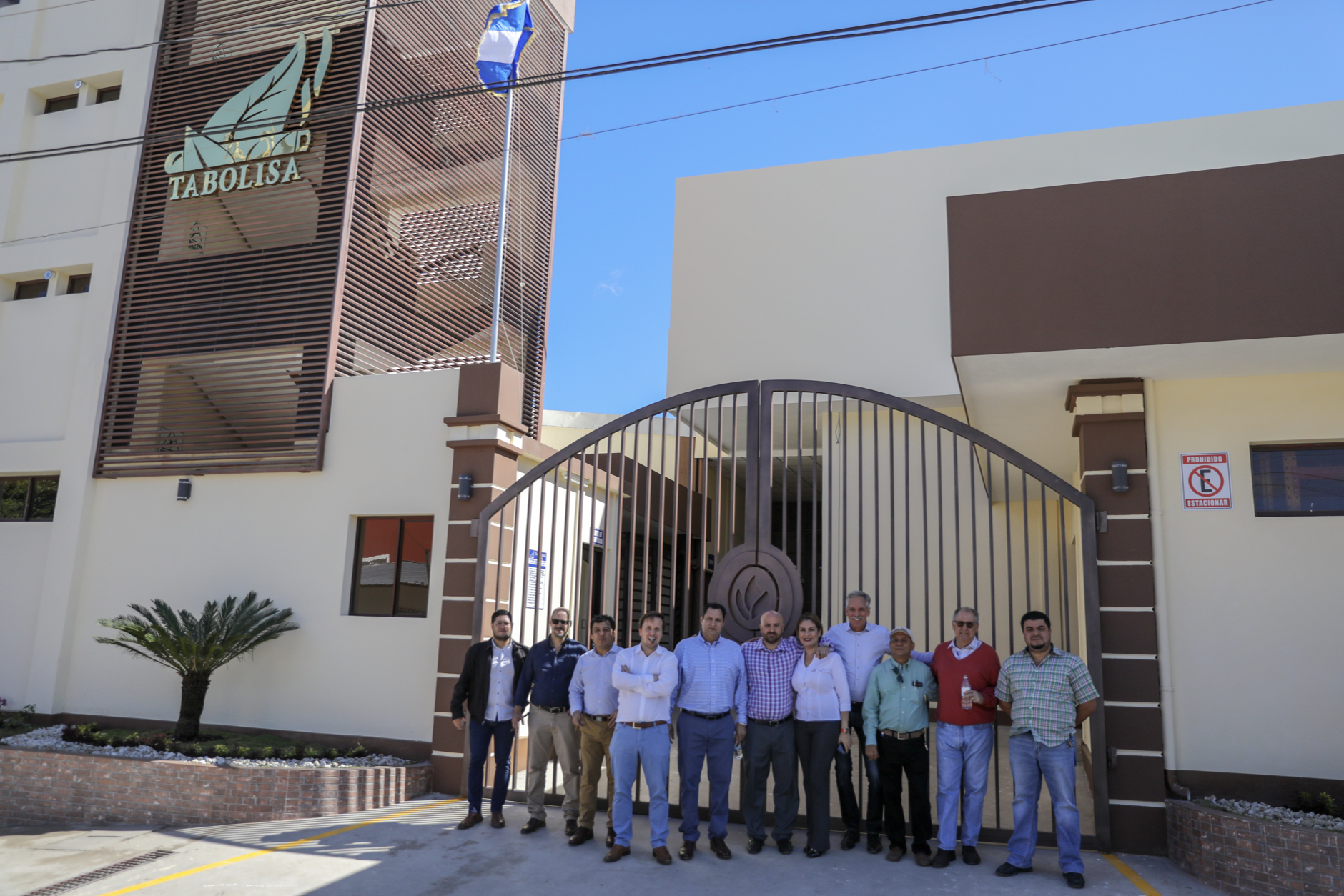(Editor’s Note: I found this draft sitting on my computer, it’s over two months old. Puro Sabor was held Jan. 15-18 in Nicaragua.)

No one really knew what to expect when it came to the third annual Nicaraguan cigar festival, formally named Puro Sabor. In fact, no one really ever expected we’d even get here.
After the second festival, held in 2011, I distinctly remember an almost unanimous outcry from the organizers that Nicaragua would never hold another festival. The word organizers is in italics because the overwhelming consensus from the organizers themselves was that it was anything but organized.
Yet, I arrived in Managua, Nicaragua’s capital, on Wednesday. Before I even got there two themes emerged. One, this festival would largely be attended by the collective cigar manufacturing world; and two, for the fifty-some people that were actually in touring groups, their status and opinions would be checked constantly. This was a test, to see if Nicaragua could hold a festival.
The complaints about the 2011 festival were rampant: constant infighting amongst the companies that make up the Nicaraguan Association of Tobacco (ANT), disorganization, tardiness and a lack of professionalism that led many to agree not only was the festival a misuse of money, but it also was an embarrassment.
I first heard the festival was said to be coming back in March, while attending Puro Humo in Managua, a one-night event organized by the ANT that seemed to be targeted mainly at smokers in Managua and the Nicaraguan press. It was a fun night, but it was not a festival and most importantly, not in Estelí, Nicaragua’s cigar capital.
Originally scheduled right before Christmas, eventually the ANT would announce plans for a January event in November, hardly enough lead time for most people to attend, but that was intentional.
In many ways, Puro Sabor was almost exclusively a test. A proof of concept to see if the ANT, which has more internal differences than any U.S.-based cigar organization, could actually a host something that its members would want to participate in. And by in large, I think that happened.
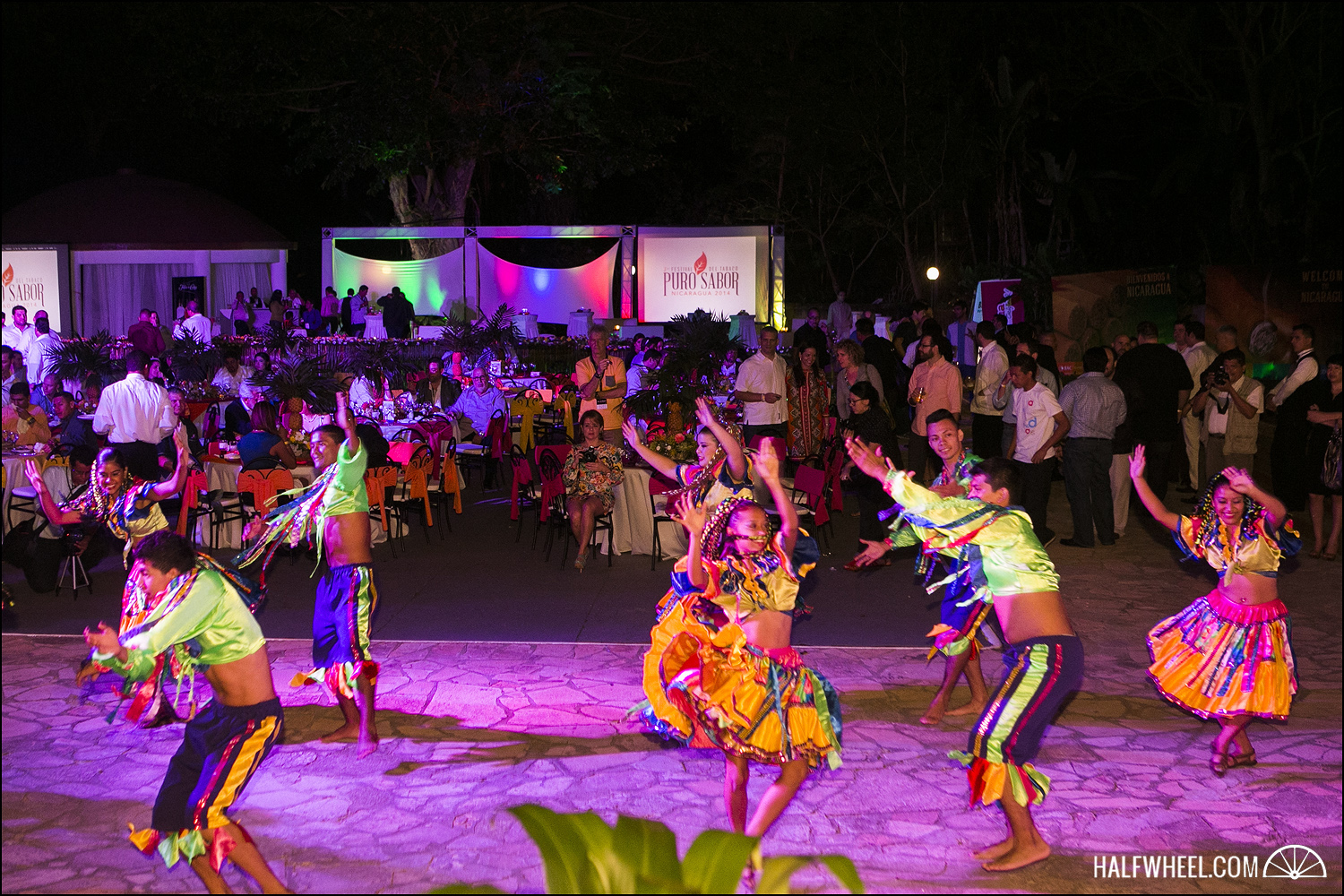
On the jetway leaving Miami, I ran into Eric Newman of J.C. Newman. He had not attended the 2011 festival but had heard the horror stories. Yet, as the owner of PENSA—as well as Newman’s large presence at the San Rafael factory—he was here, seemingly with the same level of uncertainty as to what to expect as I was.
Officially, the festivities began when landing, as we were ushered through the VIP lounge. (This actually involved us not seeing a customs agent, which was interesting to say the least. You can experience that service here.) From there we were shuttled to our respective hotels for the one night stay in Managua, handed an event bag including a box containing cigars from each member of ANT as well as a guayabera and other gifts.
Honestly, a quick survey of my bus to the opening night’s gala gave a pretty good idea of what Puro Sabor would look like. Simply put, there weren’t many retailers and there were hardly any consumers. It was largely people on the manufacturing side of the business, which meant the vibe of Puro Sabor would be a lot different than most other festivals.
It’s Nicaragua. There was Flor de Caña, cigars and food. In that order. In fact, outside of the bus ride to Estelí, I’m not sure when there wasn’t Flor de Caña. (Notice there was no mention of the bus ride back; Flor de Caña, a chief sponsor of Puro Sabor, was most certainly present.)
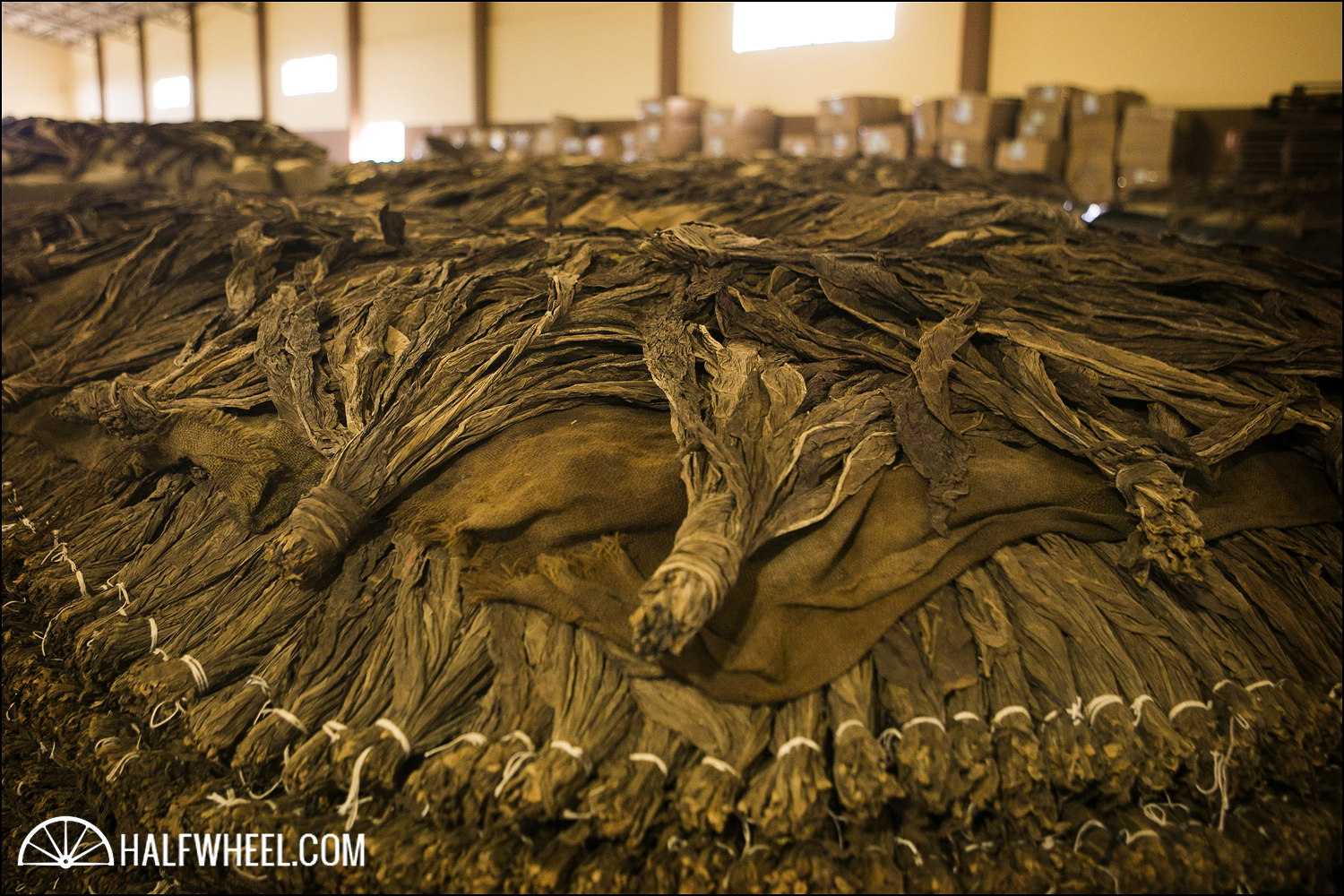
We left Managua for Estelí, and somewhere along the Pan-American Highway we picked up a police escort. It was an important moment to explain those who had not been to Estelí and were suddenly frightened. Estelí is safe. Safe enough that there is no city where cigars are produced, included Miami, that I feel more comfortable walking around alone at night. The police escort, which would stick with us for our entire time in Estelí, was merely a token, or a good photo-op. One of the two.
It’s worth nothing that Nicaragua’s banks were also a large sponsor of Puro Sabor and probably the largest reason as to why the festival happened. They do a lot of business with the cigar industry and as such wanted the time to not only drum up new business, but also show their collective appreciation.
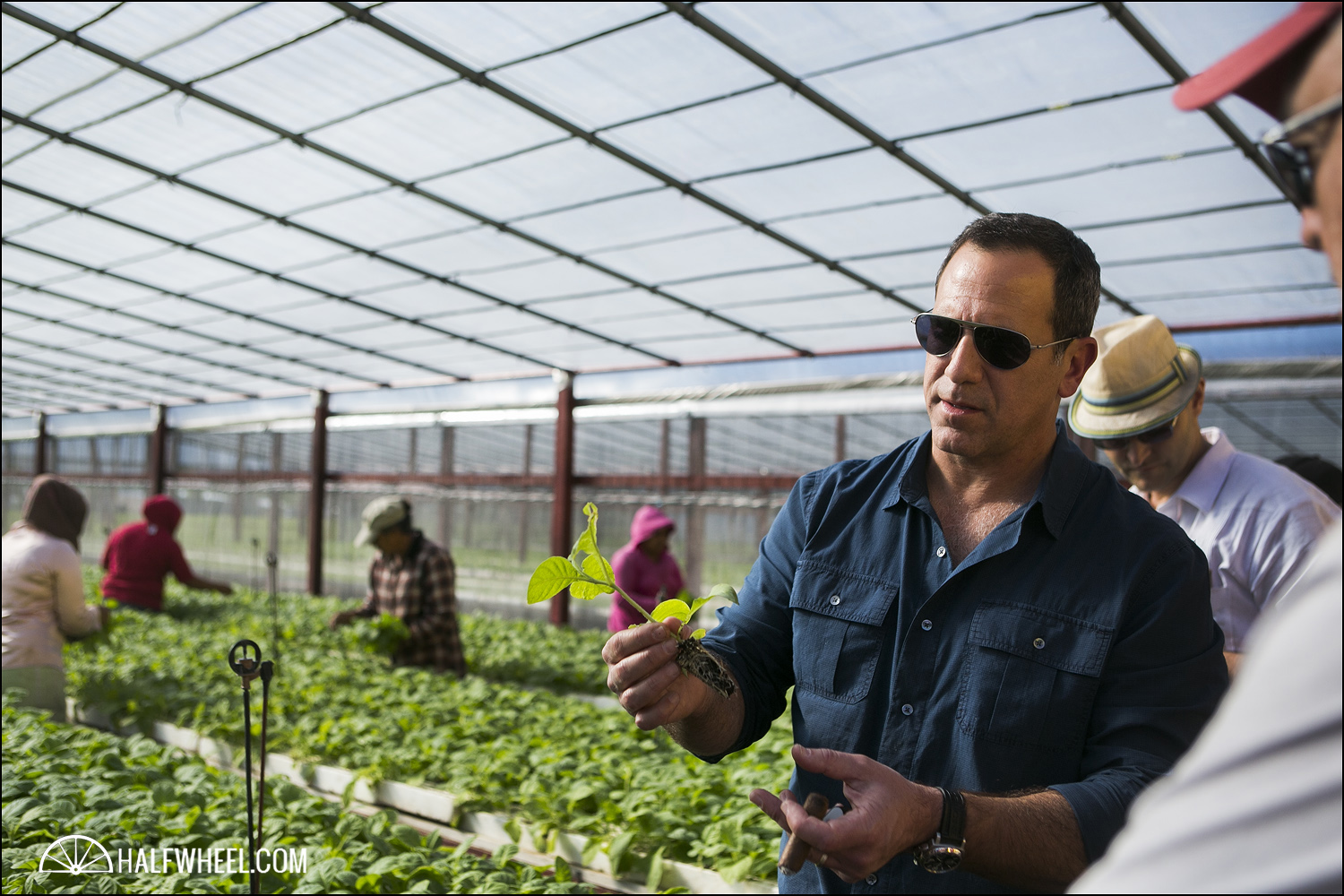
Lunch was followed by an equestrian show at Finca San Rafael, located just outside the Estelí city limit. We were then separated into four groups and went to visit tobacco fields. Up first was Donoso and Villa Vieja, the newest farms of Padrón.
While Padrón is known for being old school and steady, there was new construction on the farms. Jorge Padrón told us the company had been renting some of the land in recent years, but decided to buy the two farms, where they are now finishing barns and a large tobacco processing center.
The real treat was not something new. Midway through our tour José O. Padrón, the company’s patriarch, arrived to greet us. The eldest Padrón wasted no time before rattling off a few jokes and then with his son interpreting explained the family’s philosophy.
Whether it be Havana, Miami, the Dominican Republic or Estelí, time is often a relative thing. We arrived at one of A.J. Fernandez’s smaller Estelí farms late, but it was enough time to see what makes Estelí so special.
There is no city in the world that produces more premium cigars than Estelí. Whereas it can take 45 minutes to go from one of the Dominican Republic’s major factories to another; in 45 minutes a car could pass by every factory in Estelí. But it’s not just about rolling.
Estelí is one of Nicaragua’s three main growing regions alongside Jalapa and Condega. And so within 10 minutes of leaving Padrón, we had not only pulled into the A.J. Fernandez factory, by mistake, but also arrived at one of the company’s farms.
And Estelí is also different in that people are growing at all different times. At Padrón’s farms there was everything from seedlings being transferred to plants that reached the knees, at A.J. Fernadnez’s farms the plants had already been topped, a process where the top portion of the grown plant is cut off, one of the final stages before all of the tobacco in the plant will be removed.
That night, dinner was in town at the Domingo Gadea Plaza. There was Flor de Caña, cigars and food. Also in that order.
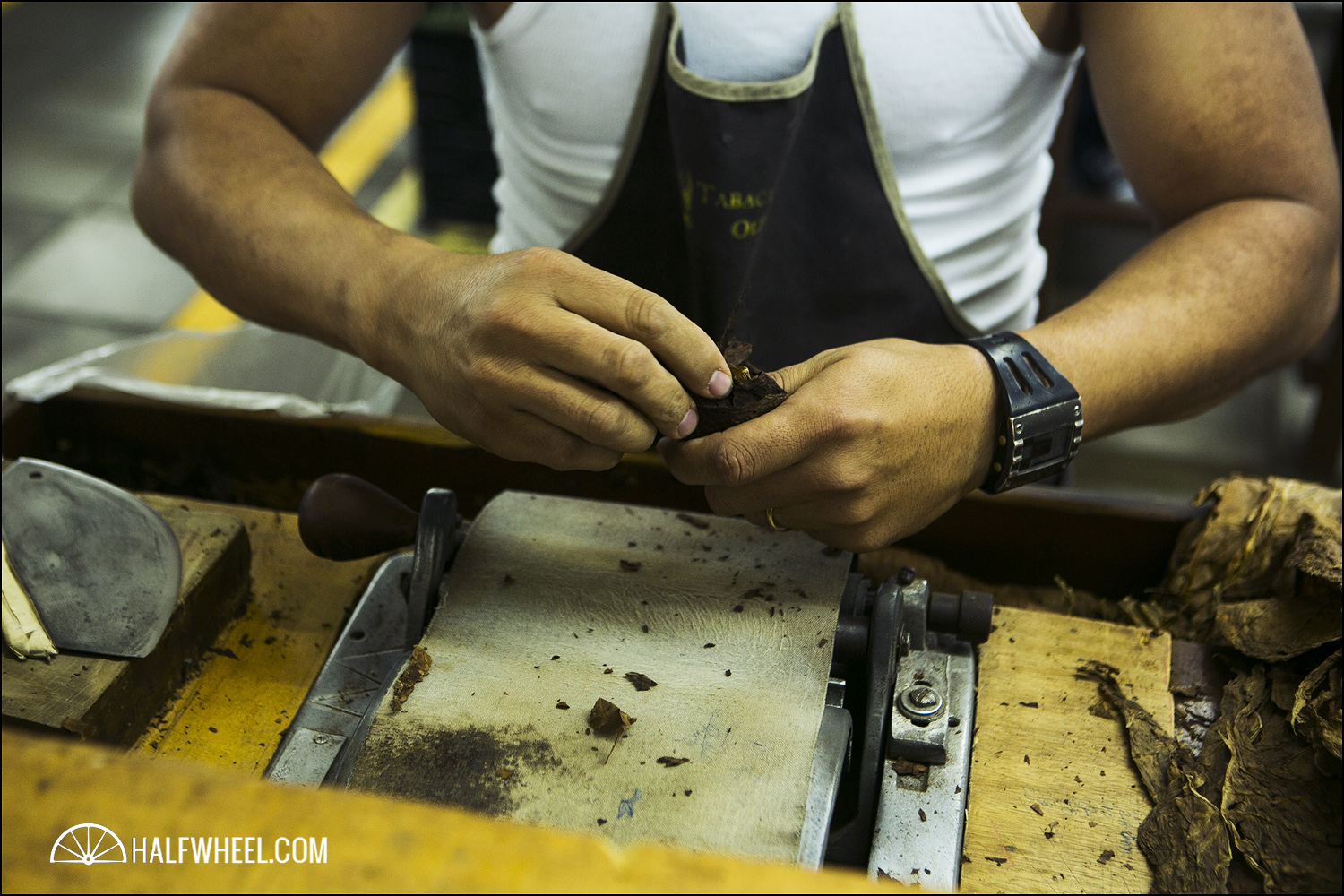
Day three started with TABOLISA, Oliva Cigar Co.’s factory. It was a somewhat rare opportunity as Oliva is one of the closed factories. I should be clear, Oliva is very friendly, but TABOLISA is industrial. There are no cabanas for visitors, let alone a meeting area, it’s a place where cigars are made. I hadn’t been in over a year and I was awestruck to see how much they’ve expanded.
A rolling school has been started in the back, something most factories are now doing, and there’s lots of tobacco, much of which Oliva grows. For those that don’t know there are two Olivas in the cigar business. Oliva Cigar Co., the one who produces Serie V, Cain and NUb and then Oliva Tobacco, a Tampa-based company who grows tobacco all over the world, known particularly for their operations in Ecuador and Nicaragua.
To make matters more confusing, Oliva Cigar Co. also grows their own tobacco. More than most people will imagine. Gilberto Oliva Sr., the company’s patriarch, is a grower, a renowned grower. However, the company seems to rarely talk about their tobacco, unless of course you are standing in a room full of it.
At around 10:30 am, I had a brilliant idea of carrying over one of Fuente’s traditions to the Oliva factory. Oftentimes, many people want to smoke a Fuente Fuente OpusX fresh, something I imagine every Fuente tour of the last ten years has included with very little positive results. I decided it was only fitting to do it with Oliva’s strongest cigar, a Cain F. I actually enjoyed it a lot.
From there it was off to Joya de Nicaragua, the oldest cigar factory in Nicaragua. (Padrón will celebrate its 50th anniversary this year, Joya de Nicaragua celebrates its 45th anniversary last year. The difference is Joya de Nicaragua has always been in Nicaragua, Padrón would not arrive until 1970.
Joya de Nicaragua underwent a serious remodel that was completed early last year and the improvements show. I won’t elaborate much further, as there’s a separate post on Joya de Nicaragua coming.

We wrapped up at A.J. Fernandez, a newer monstrosity located in a developing part of Estelí. It’s new and big, and newer and bigger than anything that’s come before it. And while the factory and guest house (White House) are impressive and grand, as with most things in this business, it’s all about tobacco.
Abdel Fernandez has told me that within the next two years he wants to be using no filler younger than three years old—an impressive feat particularly when you consider the company is less than a decade old. A quick visit to some of the company’s farms around Estelí, particularly Finca San Lotano shows just what’s going into efforts.
It’s absolutely gigantic with a large barn visible from the highway and an even larger one coming—what the company claims as the largest ever.
Once again, there’s another post coming that will go into greater detail about the operations, so I’ll leave it at that.
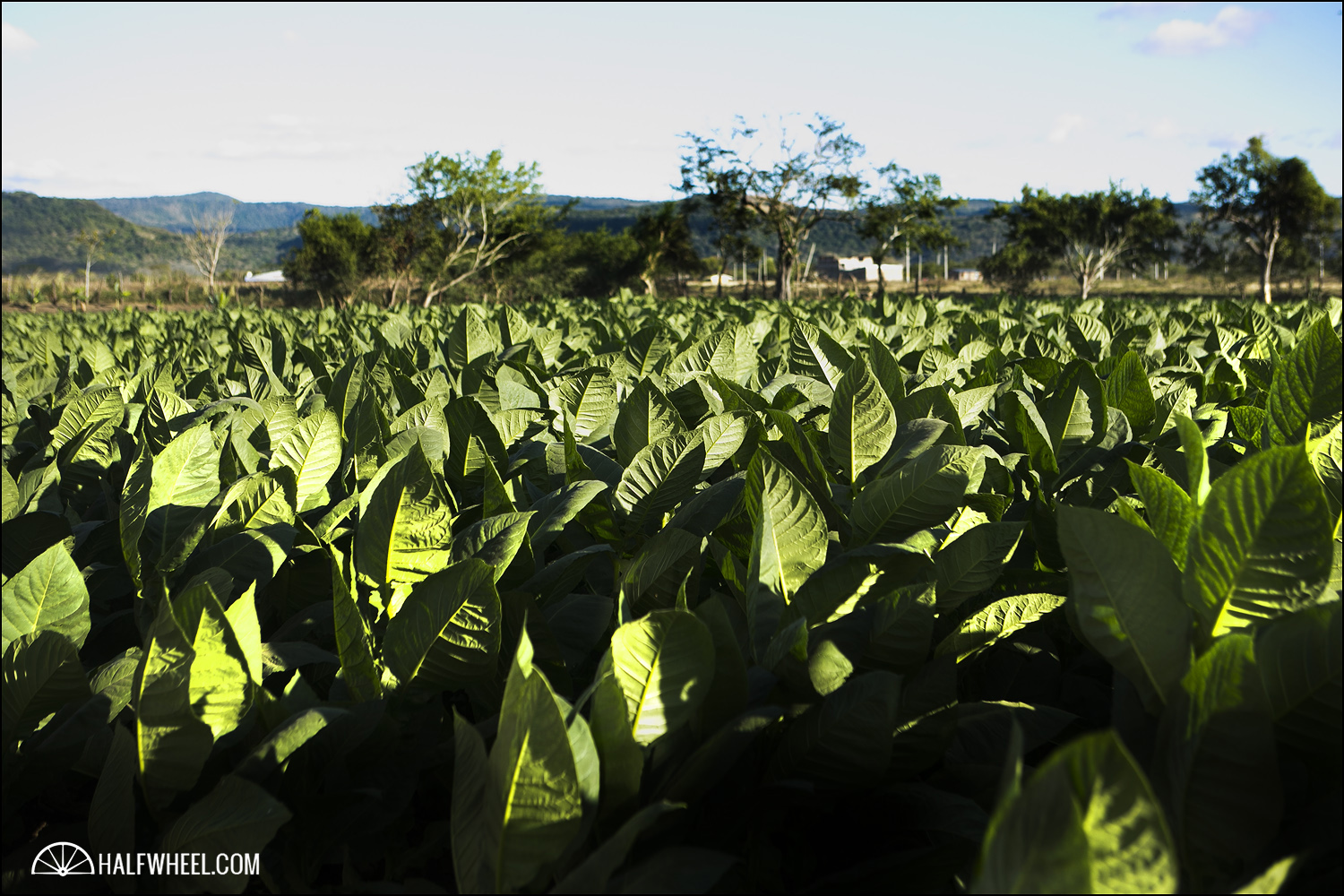
There were dinners and auctions—standard fare for an activity like this. But really, Puro Sabor 2014 was about one thing: whether Nicaragua’s cigar manufacturers could host an event like this.
The answer is yes, which is a good thing because given Nicaragua’s importance in the cigar business it needs something like this to show off its factories, its people and its city. Few seem to start their comments regarding Puro Sabor with something positive, it’s complaints about lateness, the lack of consumers or some horse show—but the reality is Puro Sabor wasn’t all that bad.
With a bit of planning, particularly on the logistical end, Nicaragua could quickly have a festival that is mentioned in the same breadth as Festival del Habano and Pro Cigar. It will have its own traditions, its own feel and most importantly, its own story. It should probably mirror the country’s tobacco industry: growth, diversity, youth and creativity.
My understanding is there are plans for Puro Sabor 2015, I hope there is one. No country needs a cigar festival as much as Nicaragua. It has a story to tell, successes to show off and a future that everyone else must envy.
Disclosure: I was one of five journalists invited to the festival by the Nicaraguan Association of Tobacco (ANT). The organization covered my travel costs.

